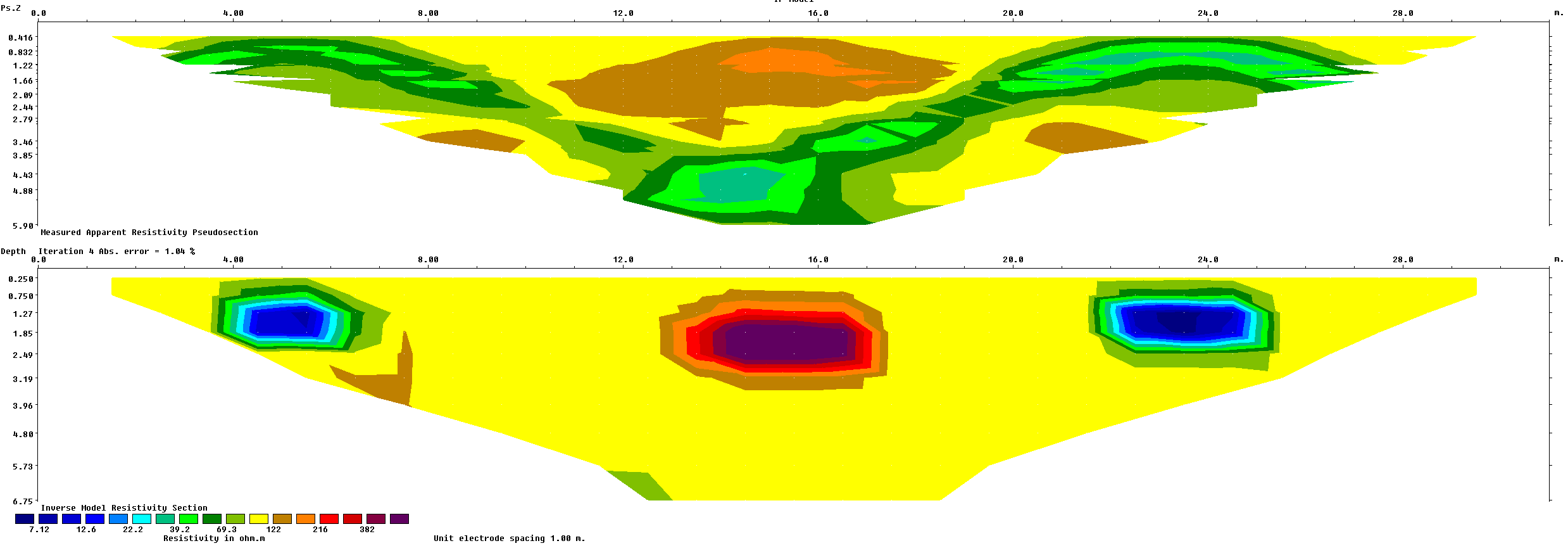

The direct disposal of residues on the ground, without any selection of waste types and without any protection to avoid soil and groundwater contamination, had been a common practice for decades. However, inadequate waste disposal activities were a frequent routine in many developing countries until recent years. Ideally, MSW landfill projects should ensure that landfills: are built in suitable geological areas away from faults, wetlands, flood plains or other restricted areas include flexible membranes (i.e., geomembrane) overlaying compacted clay soil lining the bottom and sides collect leachate (formed when rain water filters through wastes) for treatment and disposal and operate according with standard practices (compacting and covering waste frequently with soil). Municipal solid waste (MSW) landfills are areas properly prepared to receive household waste, as well as other types of nonhazardous wastes. They operate to ensure protection of the environment from groundwater contamination and landfill gas produced by residue degradation. Modern landfill facilities are specially engineered for the disposal of solid waste.

To protect the environment from this type of contamination, waste disposal sites must follow regulation standards. Waste disposal imposes a serious risk of contamination of groundwater by the migration of contaminants from the waste site to the local environment. One of the greatest worldwide concerns is related to the increase and destination of waste volume produced by world’s population. In this chapter, we will show case studies conducted in Brazil, over different types of municipal waste disposal sites. Therefore, these methods are a powerful tool for noninvasive long-term monitoring of waste disposal contaminated sites. Particularly, electrical methods, such as resistivity and induced polarization, can identify the presence of contaminant and help to map and delineate the contaminated area and provide information related to contaminant mobilization and attenuation. Geophysical studies in contaminated sites consist of detecting and mapping the area affected by a contamination source and providing information related to the groundwater flow and depth of saturated zone and bedrock. Geophysical investigations have been widely used in environmental investigations of waste disposal contaminated sites, not only imaging the affected area but also evaluating the evolution of contamination plume in a timeframe. Environmental impacts caused by urban and industrial waste disposal are one of the greatest worldwide concerns, since contaminants may migrate to the local environment and contaminate soils and groundwater.


 0 kommentar(er)
0 kommentar(er)
